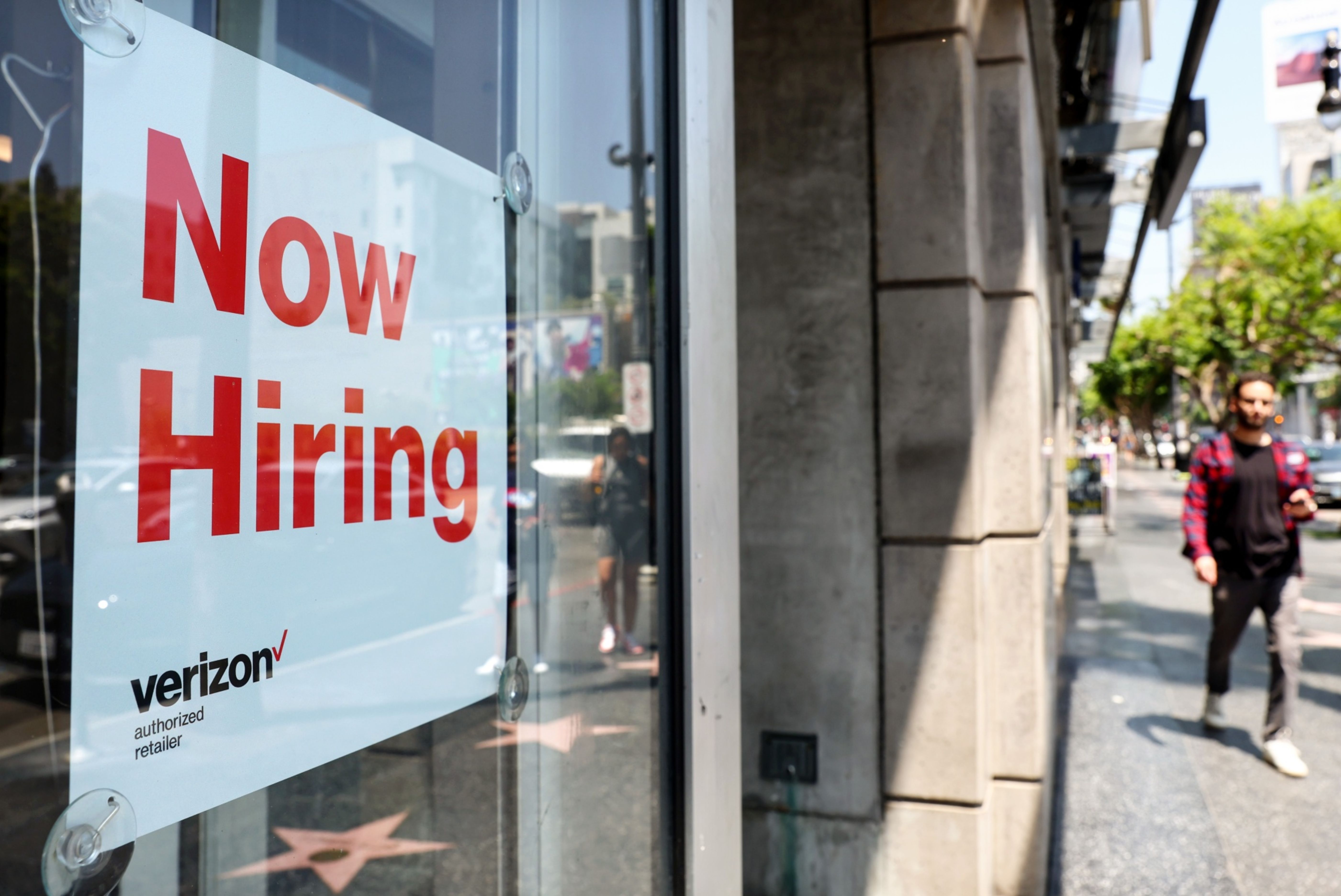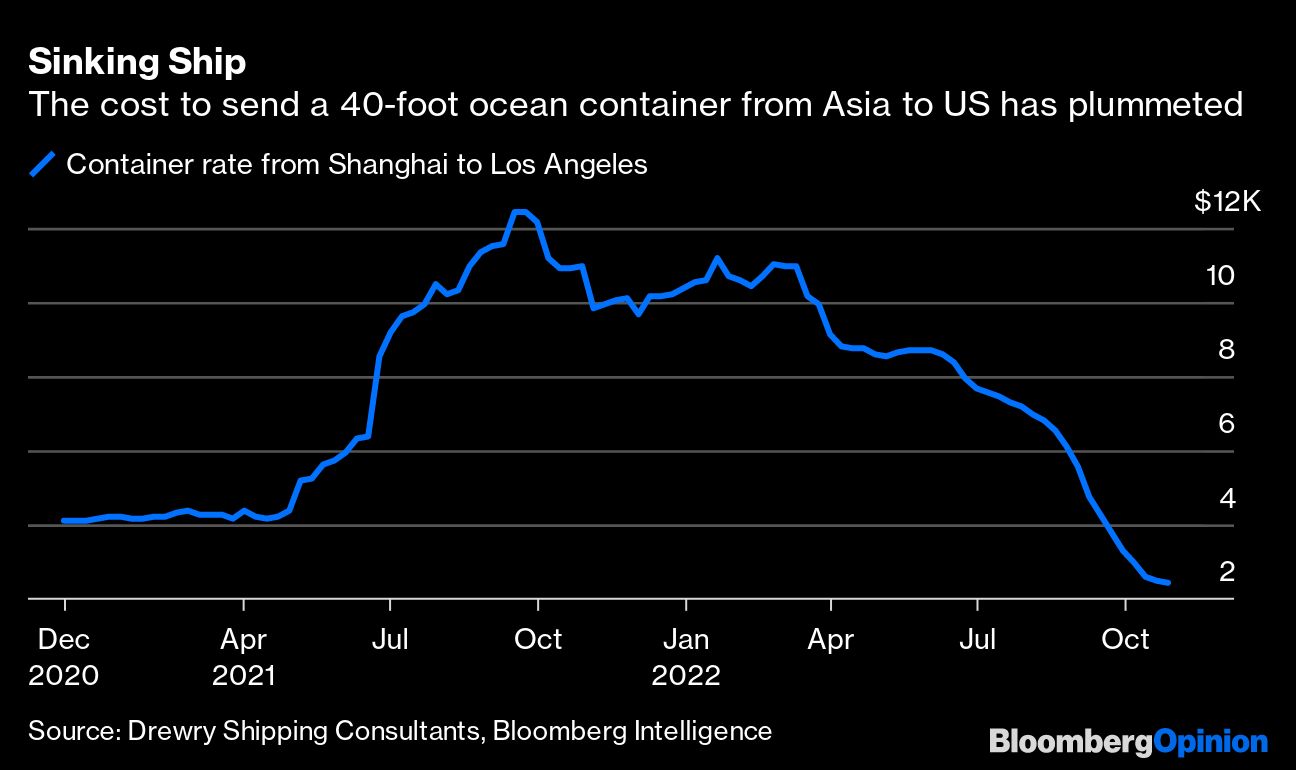The supply chain is both on the mend and undeniably broken. That’s the contradiction emerging from the quarterly ritual of companies explaining their earnings results to analysts.
First, the good news: Executives broadly agree that transportation logjams are easing and raw material costs moderating. The main impediments now to restoring the supply chain to normal are Covid-zero lockdowns in China and a scarcity of skilled workers in the US.

(Bloomberg)
The pandemic awoke the C-suite to the dangers of tying too much of their supply chain to China. This is being immediately addressed with additional sources in other countries. Longer-term, companies plan to shorten supply chains by encouraging suppliers to manufacture in the US or at least in the Americas. This raises the thorny issue of having a fit-for-purpose labor force – something that requires public-private cooperation in education and a rethink of our immigration system.
The lack of qualified workers for US factory floors was a topic of concern before the pandemic and now it’s an emergency. It doesn’t take an expert in education to realize that we need more opportunities for vocational training that involve local companies seeking to hire. Even harder is fixing the US’s broken immigration system, which would require a political compromise in Washington.
But these are long-term solutions that won’t address the immediate need for a looser labor market, where unemployment at 3.5% matches a low from 2019 that hadn’t been seen since the 1960s. The Fed is determined to ease conditions by pounding down demand.

``The availability of experienced workers clearly is a catalyst to some of these challenges of supply chains,’’ said Robert Rourke, chief of global industrials for the Chicago-based consultancy L.E.K. ``You’ve got to see the pendulum swing back.’’
So, what does the supply chain look like now?
The semiconductor shortage, which throttled global manufacturing, has eased considerably with demand softening for laptop computers, appliances and electronic gadgets. Vehicle makers, including General Motors Co., are seeing gradual improvement and producing as many vehicles as possible to boost dealership inventory. GM has whittled down 75% of the unfinished autos it had sitting around in June because of the lack of chips, Chief Executive Officer Mary Barra said. She still sees some ``short-term disruptions.’’
Raw material prices are coming back to earth. Aluminum, copper and steel rebar have all declined more than 20% since the beginning of the year. PPG Industries Inc., a Pittsburgh-based maker of glass and protective coatings, expects its inflation to drop in the fourth quarter from the third quarter, even though year-on-year prices are still higher. As Chief Financial Officer Vincent Morales put it: ``We’re starting to see that fever break.’’
PPG had absorbed $1.9 billion of raw material inflation since the beginning of 2021. The company plans to cut inventories of ``safety stock’’ since prices have peaked, and transportation is more fluid.
It now costs $2,412 to send a 40-foot container from Shanghai to Los Angeles, down from a peak of $12,424 in September last year, according to data from Drewry Shipping Consultants. Trucking rates in the spot market are down about 40% from a year ago.
Harley-Davidson Inc., the Milwaukee-based motorcycle maker, had supply-chain inflation of 2% in the third quarter. That’s lower than 4% in the second quarter and down from 10% in the second half of 2021. The cost deceleration is enabled by ``normalization across logistics, including lower expedited shipping expense’’ and, to a lesser extent, lower raw materials, said CFO Gina Goetter.








